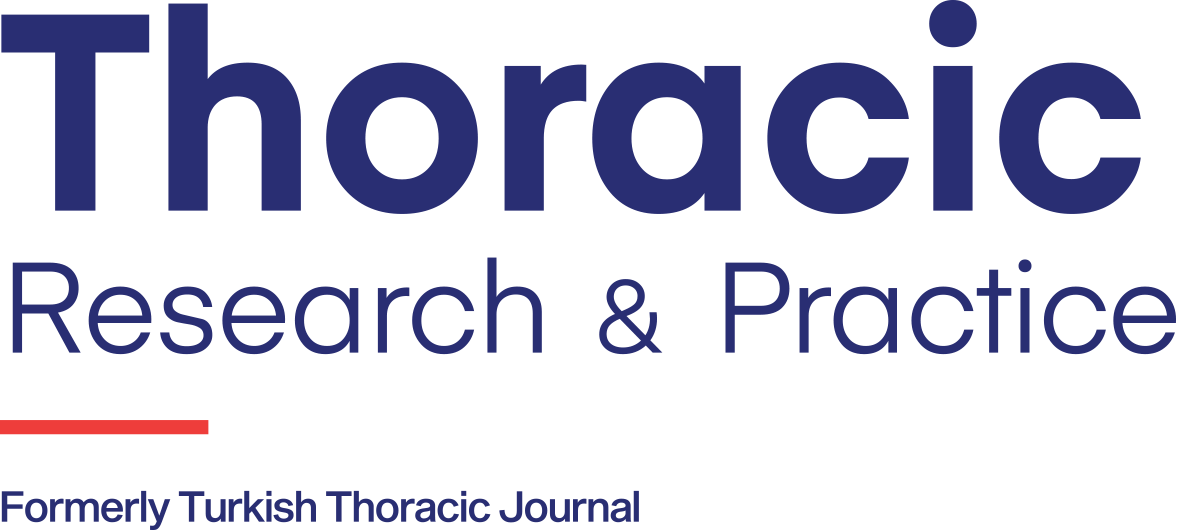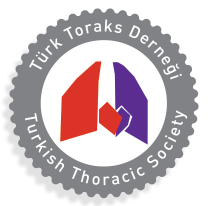Abstract
Objectives:
This study is designed to determine the factors for predicting the PAP compliance in mild OSAS for improving the cost-effectiveness in treatment choices of these patients.
Methods:
The study group comprises 28 mild OSAS patients who underwent automatic CPAP titration between July 2016 and December 2017. CPAP/APAP treatment was prescribed for all patients. Mild OSAS patients who were given other treatment modalities were excluded. Age, gender, body mass index (BMI), symptoms, smoking status, comorbidities and scores on the Epworth Sleepiness Scale (ESS), pulmonary function tests, the results of diagnostic and titration PSG, recordings of PAP device during titration were retrospectively evaluated. Compliance with PAP treatment was defined as the usage of 5 nights/week and 4 hours/night at least and evaluated based on either patients’ statements or the records of their devices. The demographical, clinical and polysomnographic characteristics of compliant patients were statistically compared with noncompliant patients.
Results:
Out of 28 mild OSAS patients who underwent automatic CPAP titration between July 2016 and December 2017, one patient was excluded due to antidepressant treatment. Supine and/or REM predominancy for respiratory events was seen in 81.5% (22 patients) of the patients. Acceptable compliance at the end of the first year of therapy was achieved by 11 patients (40.2%) whereas 8 patients used PAP device 2 months at most (29.6%). The remaining 8 patients had not taken the device at all and were considered as nonadherent to PAP treatment (29.6%). The high scores of ESS was (ESS≥11) recorded for only 22% of the patients. However, 59.3% of the patients had a complaint of excessive daytime sleepiness. Maximum pressure reached during titration PSG was significantly lower in the compliant group (p=0.040).
Conclusion:
Previous studies showed that the PAP compliance in mild/moderate OSAS varies between 43-64% for a follow up lasting 3 week-6 months. PAP compliance rates in our study group were lower as expected because we included only mild OSAS patients with longer follow up time (40,2% at the end of the first year of therapy). Approximately 60% of the patients never used the prescribed device or used the device for 2 months at most. Our results noted that sleep-related symptoms or scores of ESS cannot be used to predict compliance for mild OSAS. We recommend that mild OSAS patients with higher maximum pressure during titration, must be followed up closely during the first 2 months of PAP therapy for detecting nonadherence/noncompliance earlier.



